Advertisement
Sep 09, 2024 By Tooba
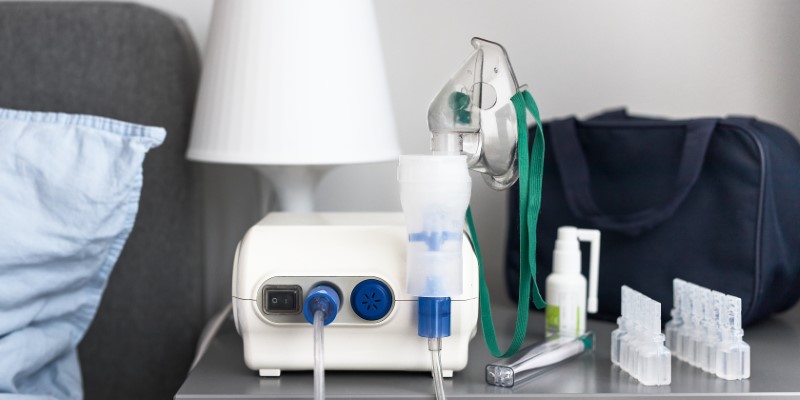
In recent years, advances in technology have made it possible to perform various medical tests at home using everyday gear. From smartwatches to smartphones, these devices are increasingly equipped with sensors and apps that allow you to monitor your health conveniently and accurately. The ability to conduct medical tests at home has revolutionized how we approach personal healthcare, making it easier to keep track of vital signs, manage chronic conditions, and detect potential health issues early on.
Introduction To Home Medical Testing
Home medical testing has become a vital component of modern healthcare, especially with the growing accessibility of smart devices. The convenience and immediacy of home testing enable individuals to monitor their health regularly without needing frequent visits to the doctor’s office. This shift is particularly beneficial for managing chronic conditions, such as diabetes and hypertension, where continuous monitoring is crucial.
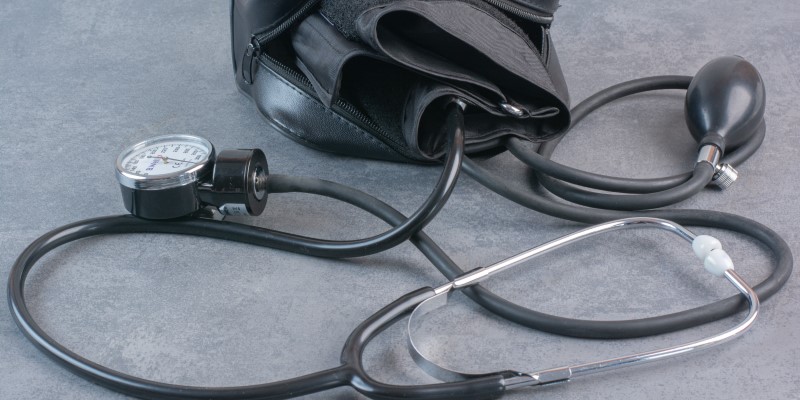
The Evolution Of Home Testing
The concept of home medical testing has been introduced previously. For decades, people have used basic tools like thermometers and blood pressure cuffs at home. However, the integration of smart technology has significantly expanded the capabilities of everyday gear. Devices that once served singular purposes are now multifunctional, offering a range of health monitoring features that provide real-time data and insights.
Accessibility And Convenience
The widespread availability of smartphones, smartwatches, and fitness trackers has democratized access to health monitoring. These devices are now more affordable and user-friendly, allowing a broader population to engage in regular health checks. This accessibility is particularly important in remote areas where access to healthcare facilities might be limited, making home testing an essential tool for proactive health management.
Common Everyday Devices For Health Monitoring
Several everyday devices are now capable of performing basic medical tests. These include smartwatches, smartphones, and even some smart home devices. Understanding how these devices work and what they can measure is key to effectively using them for health monitoring.
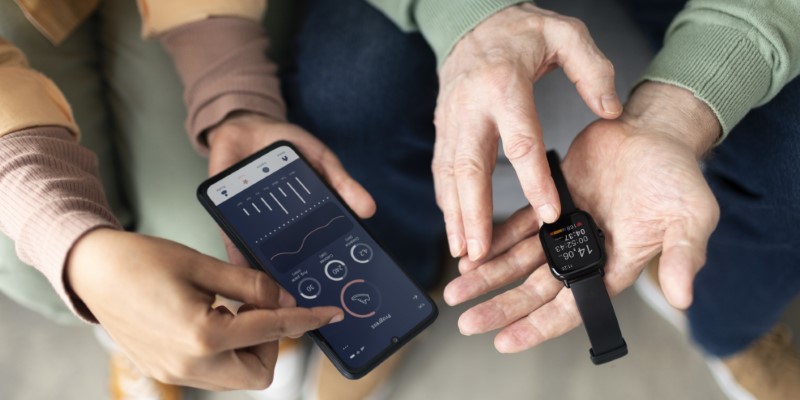
Smartwatches And Fitness Trackers
Smartwatches and fitness trackers, like Apple Watch and Fitbit, are widely used for health monitoring. They feature sensors for tracking vital signs such as heart rate, SpO2, and ECG, making them valuable tools for individuals with heart conditions to monitor their cardiovascular health throughout the day.
Smartphones And Health Apps
Modern smartphones feature built-in sensors and health apps that track pulse and sleep patterns and consolidate health data via apps like Google Fit and Apple Health. They can also connect to external devices, such as glucose monitors and blood pressure cuffs, enhancing their role in home health monitoring.
Smart Home Devices
Smart home devices like smart scales and connected thermometers enhance home medical testing by tracking detailed health metrics such as body fat, muscle mass, heart rate, and temperature trends. These devices sync with mobile apps, enabling better health data management and offering insights into potential health issues.
How To Use Your Gear For Accurate Health Tracking
While everyday gear offers convenient ways to monitor your health, it’s important to use these devices correctly to ensure accuracy. Proper usage, regular calibration, and understanding the limitations of these devices are crucial for obtaining reliable health data.
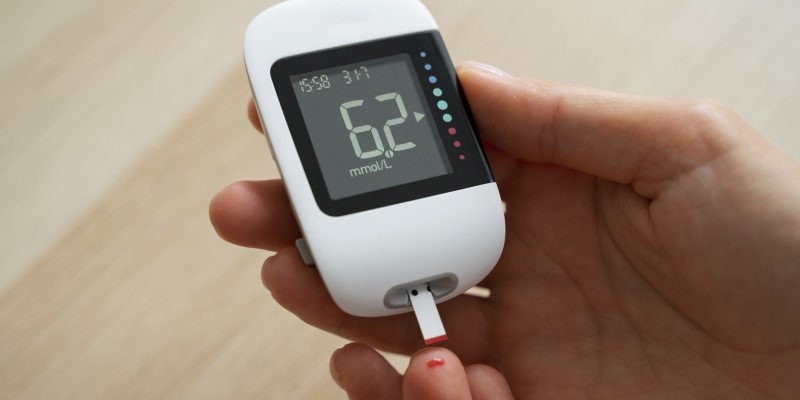
Ensuring Accurate Measurements
To ensure accurate results from devices like smartwatches and smart scales, follow the manufacturer's guidelines: wear the smartwatch snugly with a relaxed arm and place smart scales on a flat surface, standing still during the measurement. Consistent usage is key to reliable data accuracy.
Regular Calibration And Updates
Check for software updates regularly and calibrate health devices, like smart blood pressure monitors, to maintain accuracy. Frequent use may require recalibration to ensure precise data. Keeping devices updated and calibrated ensures the health information you collect is reliable.
Interpreting The Data
Interpreting data from home health devices is helpful but not a replacement for medical advice. Use the data as a reference and consult your healthcare provider for a full understanding. Health apps offer trend analysis and alerts, enabling proactive action if significant changes are detected.
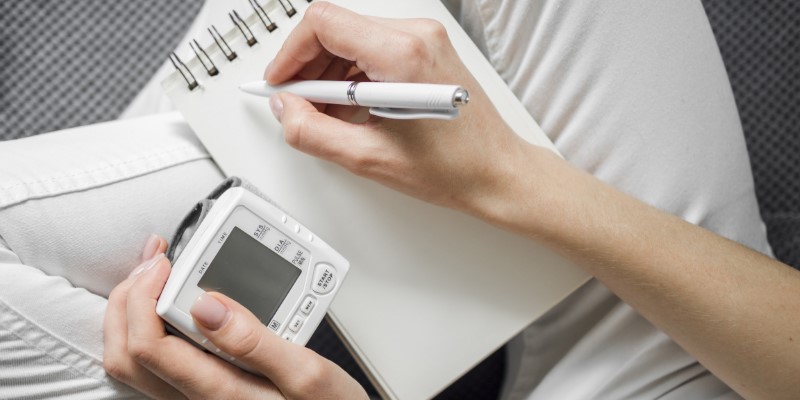
Benefits And Limitations Of Home Testing With Everyday Gear
Home medical testing with everyday gear offers numerous benefits, but it’s important to be aware of its limitations. Understanding both sides will help you make the most of these technologies while avoiding potential pitfalls.
Benefits Of Home Testing
One of the biggest advantages of home testing is convenience. With devices that you already own, you can monitor your health in real time without scheduling appointments or visiting healthcare facilities. This is particularly beneficial for managing chronic conditions, where frequent monitoring is essential. Home testing can also lead to earlier detection of potential health issues, allowing for timely intervention.
Another significant benefit is cost savings. Regular health monitoring at home can reduce the need for frequent doctor visits and expensive diagnostic tests. For those with chronic conditions, this can lead to substantial savings over time. Moreover, the continuous tracking provided by these devices gives a more comprehensive picture of your health, rather than the snapshot offered by periodic doctor visits.
Limitations And Considerations
Despite the benefits, home testing with everyday gear has limitations. First, these devices, while advanced, are less accurate than professional medical equipment. For example, smartwatches might not detect all irregular heartbeats or might give false positives. Therefore, it's important to treat the data as a supplement rather than a replacement for professional medical advice.
Another limitation is the potential for data misinterpretation. With a medical background, it can be easier to understand the full implications of the data collected by your devices. This can lead to unnecessary anxiety or, conversely, a false sense of security. Always discuss significant findings with a healthcare provider to ensure you are interpreting the data correctly.
Finally, privacy concerns are also a consideration. As these devices collect sensitive health data, there’s always the risk of data breaches or unauthorized access. Ensure that the apps and devices you use are from reputable sources and that your data is stored securely.
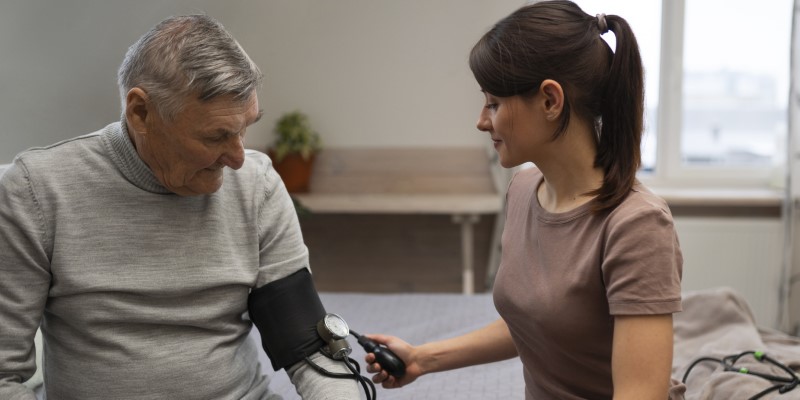
Conclusion
The ability to perform medical tests at home using everyday gear is transforming personal healthcare. With devices like smartwatches, smartphones, and smart home gadgets, monitoring your health has never been more accessible or convenient.
However, while these technologies offer many benefits, it’s important to use them correctly and to understand their limitations. By doing so, you can take control of your health in a more informed and proactive way, complementing traditional healthcare practices with the latest in-home medical testing technology.
-

The Benefits Of Cold Plunging: Why It’s Trending In 2024
Sep 09, 2024
-

What Are The Benefits Of Personalized Medicine For Patients?
Aug 27, 2024
-

Why Are Bodycare Innovations Stealing the Spotlight from Facial Skincare?
Aug 28, 2024
-

Current Legislative And Regulatory Changes In Healthcare
Aug 27, 2024
-

How is AI Revolutionizing Healthcare Diagnostics in 2024?
Aug 28, 2024
-

What Makes Medicinal Mushrooms the Hottest Health Trend?
Aug 28, 2024
-

What Are The Health Benefits Of Medicinal Mushrooms?
Sep 09, 2024
-

How Can You Enhance Sleep Hygiene with Tech and Tips?
Aug 28, 2024
-

What Are the Benefits of Peripheral Heart Action Training?
Aug 28, 2024
-
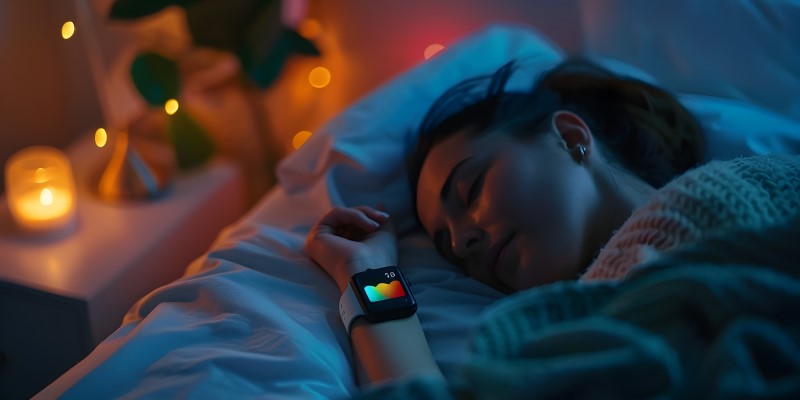
What Tech Tools Can Help Improve Your Sleep Quality?
Sep 09, 2024
-

How Do Structural Barriers Impact Community Health?
Aug 27, 2024
-
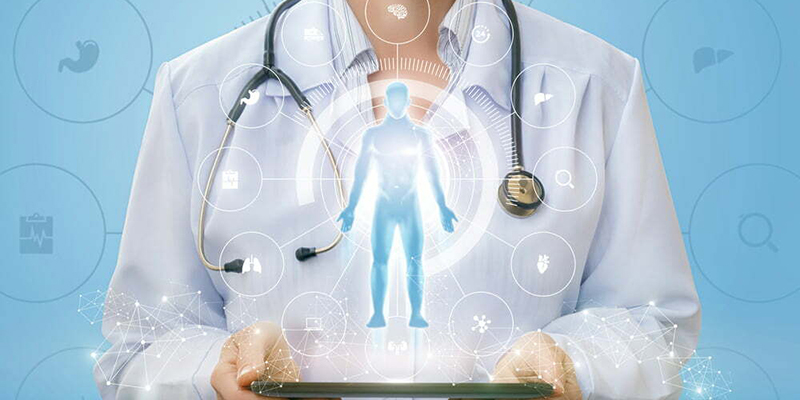
Who Needs to Consider Functional Medicine?
Jan 01, 2000
-
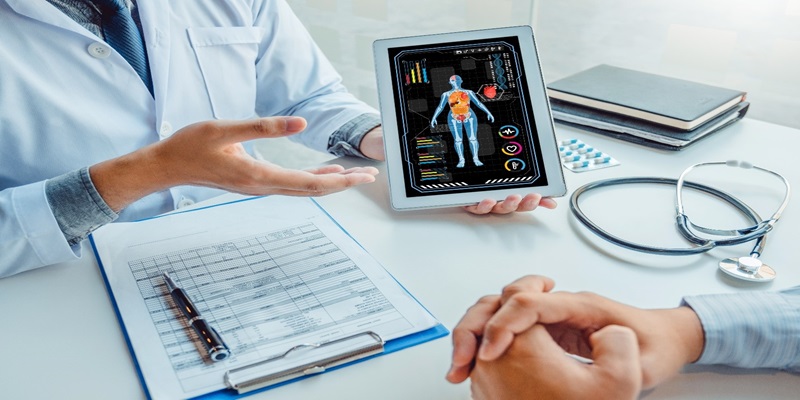
How Digital Health Tools Are Changing The Healthcare Landscape
Aug 27, 2024
-

Medical Robotics: Transforming Surgeries And Rehabilitation
Sep 09, 2024